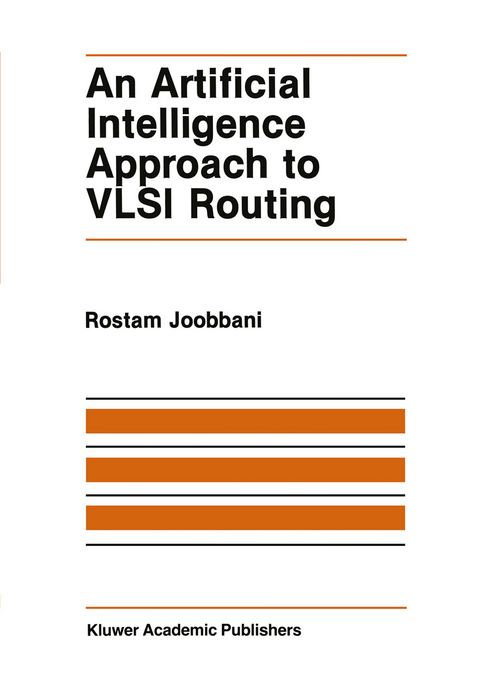
An Artificial Intelligence Approach to VLSI Routing
Springer-Verlag New York Inc.
978-1-4612-9606-5 (ISBN)
1. Introduction.- 1.1. Motivation.- 1.2. Outline.- 2. Detailed Routing.- 2.1. Problem Statement.- 2.2. Important Factors in Routing.- 2.3. Previous Approaches.- 2.4. Characteristics of Previous Approaches.- 3. WEAVER Approach.- 3.1. Congestion.- 3.2. Wire Length.- 3.3. Rectilinear Steiner Tree.- 3.4. Merging.- 3.5. Vertical/Horizontal Constraint Graph.- 3.6. Intersection.- 3.7. Conflicting Effects.- 4. Knowledge-Based Expert Systems.- 4.1. Productions Systems.- 4.2. OPS5.- 4.3. Applicability of Knowledge-Based Expert Systems to VLSI Design.- 4.4. Advantages and Disadvantages of Knowledge-Based Expert Systems.- 5. WEAVER Implementation.- 5.1. Problem State Representation.- 5.2. WEAVER Architecture.- 5.3. Blackboard Organization.- 5.4. WEAVER Experts.- 5.5. WEAVER Control Structure.- 5.6. Program Organization.- 6. Experiments and Results.- 6.1. Input/Output.- 6.2. Step by Step Trace of Routing a Channel.- 6.3. Experiments.- 6.4. WEAVER’s Performance Under Conditions of Disabled Experts.- 6.5. Efficiency Issues.- 7. Conclusions and Future Work.- References.
| Reihe/Serie | The Springer International Series in Engineering and Computer Science ; 9 |
|---|---|
| Zusatzinfo | XXII, 160 p. |
| Verlagsort | New York, NY |
| Sprache | englisch |
| Maße | 178 x 254 mm |
| Themenwelt | Sachbuch/Ratgeber ► Natur / Technik ► Garten |
| Informatik ► Theorie / Studium ► Künstliche Intelligenz / Robotik | |
| Informatik ► Weitere Themen ► CAD-Programme | |
| Technik ► Elektrotechnik / Energietechnik | |
| ISBN-10 | 1-4612-9606-4 / 1461296064 |
| ISBN-13 | 978-1-4612-9606-5 / 9781461296065 |
| Zustand | Neuware |
| Haben Sie eine Frage zum Produkt? |
aus dem Bereich


